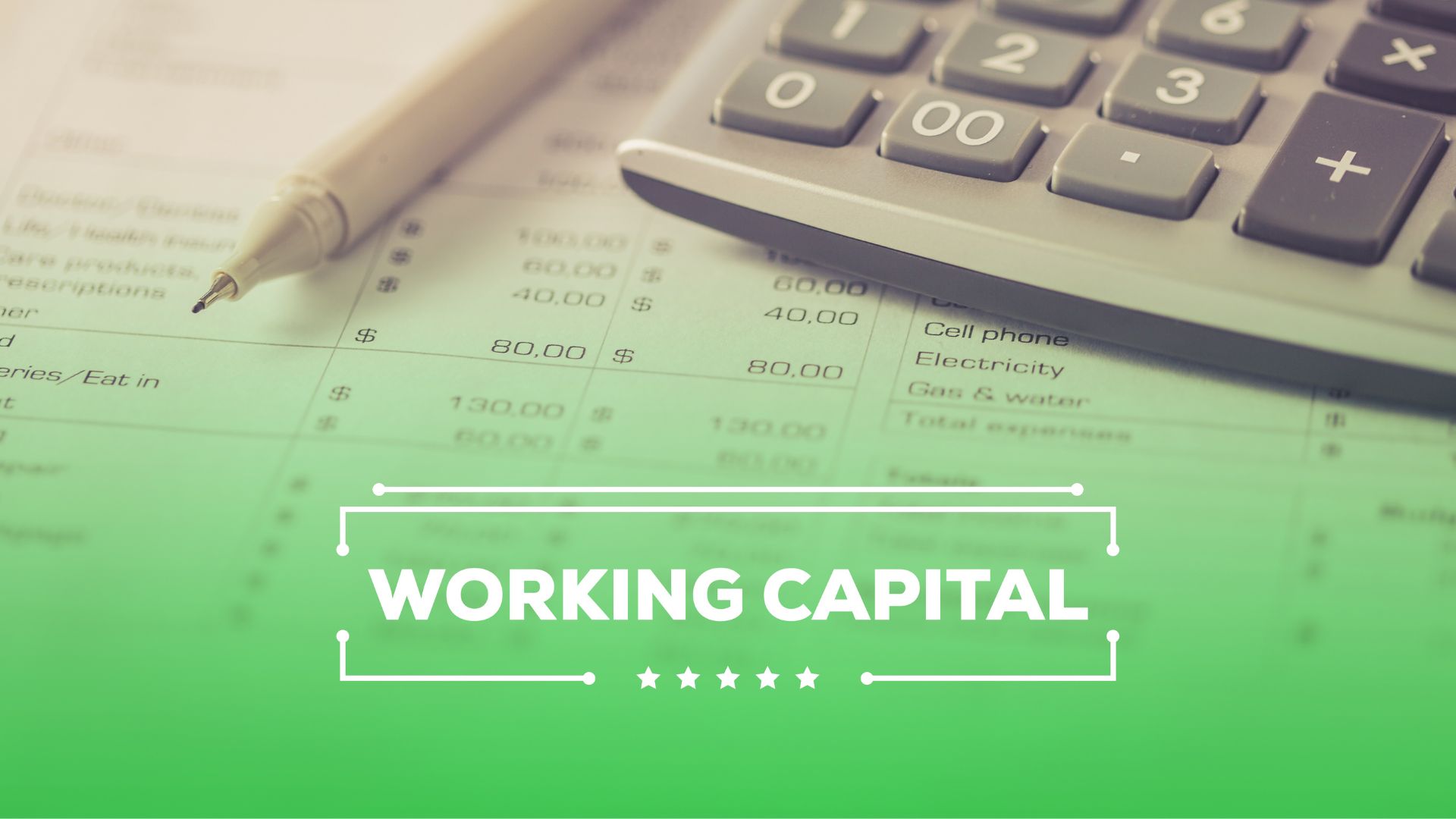As the United States gears up for its next presidential election, investors and market analysts are keenly observing potential influences on the stock market. Elections have historically played a significant role in market dynamics, and understanding these patterns can help investors make informed decisions. This article delves into how upcoming elections could affect the stock market and reviews historical trends to provide a comprehensive perspective.
How Elections Could Influence the Stock Market
1. Policy Uncertainty and Market Volatility
Elections often bring uncertainty, particularly around policies that can impact the economy. Key areas of concern include:
- Tax Policies: Proposals for changes in corporate tax rates can directly affect company profits and stock valuations.
- Regulatory Changes: Shifts in regulations, especially in sectors like healthcare, energy, and finance, can lead to market volatility.
- Government Spending: Plans for infrastructure spending, defense budgets, and social programs influence different sectors differently.
2. Investor Sentiment
Investor sentiment often fluctuates based on anticipated election outcomes. If the market anticipates a business-friendly administration, there might be a bullish trend. Conversely, if policies are expected to increase corporate taxes or regulations, it might lead to bearish sentiments.
3. Sector-Specific Impacts
Different sectors react uniquely to election outcomes:
- Healthcare: Policies on drug pricing and healthcare reforms are crucial.
- Energy: Stances on fossil fuels vs. renewable energy can significantly shift sector dynamics.
- Technology: Antitrust regulations and data privacy laws are key considerations.
4. Historical Precedents
Historical data suggests that markets tend to perform differently under Democratic and Republican administrations. However, it’s not always straightforward, as global economic conditions and specific circumstances play a critical role.
Historical Influence of Elections on the Stock Market
1. The Presidential Election Cycle Theory
This theory posits that U.S. stock markets experience a predictable pattern over the four-year presidential term:
- Post-Election Year: Typically sees slower growth as new policies are implemented.
- Midterm Year: Often characterized by market corrections or subdued performance.
- Pre-Election Year: Usually experiences robust market growth as incumbents seek to stimulate the economy to win re-election.
- Election Year: Volatile due to uncertainty but can end positively if investor expectations align with the election outcome.
2. Case Studies of Past Elections
2008 Election: Barack Obama vs. John McCain
- Context: The financial crisis.
- Market Reaction: Severe downturn due to the economic environment. The election of Obama, perceived as favoring regulatory reforms, initially led to market apprehension.
2016 Election: Donald Trump vs. Hillary Clinton
- Context: Slow economic recovery post-Great Recession.
- Market Reaction: Trump’s victory, unexpected by many, led to a short-term market shock. However, markets quickly rallied on the promise of tax cuts and deregulation.
2020 Election: Joe Biden vs. Donald Trump
- Context: The COVID-19 pandemic.
- Market Reaction: Initial volatility due to uncertainty and pandemic-related concerns. Post-election, markets surged due to expectations of substantial fiscal stimulus and vaccine rollouts.
3. Midterm Elections
Midterm elections can also impact markets, often resulting in increased volatility:
- 2018 Midterms: A shift in the House to Democratic control led to concerns over legislative gridlock, though markets eventually stabilized as fears subsided.
Preparing for the Upcoming Elections
1. Diversification
Investors should ensure their portfolios are diversified to mitigate sector-specific risks. Exposure to a mix of asset classes can help cushion against election-induced volatility.
2. Staying Informed
Keeping abreast of political developments and proposed policies can help investors anticipate market movements. Understanding the platforms of major candidates and likely legislative priorities is crucial.
3. Avoiding Emotional Decisions
Elections often bring heightened emotions. It’s essential to avoid making knee-jerk investment decisions based on election news and instead focus on long-term investment strategies.
Conclusion
The upcoming US elections are poised to influence the stock market through policy uncertainties, investor sentiment, and sector-specific impacts. By examining historical trends and adopting informed investment strategies, investors can better navigate the potential volatility and opportunities that elections bring. As always, maintaining a diversified portfolio and focusing on long-term goals remain key principles in any investment strategy, especially during politically charged times.



